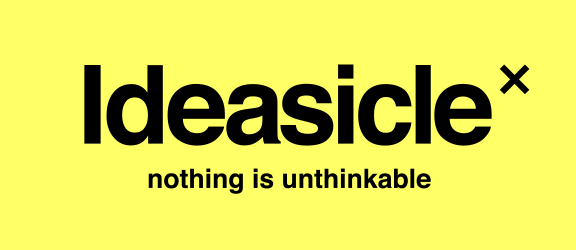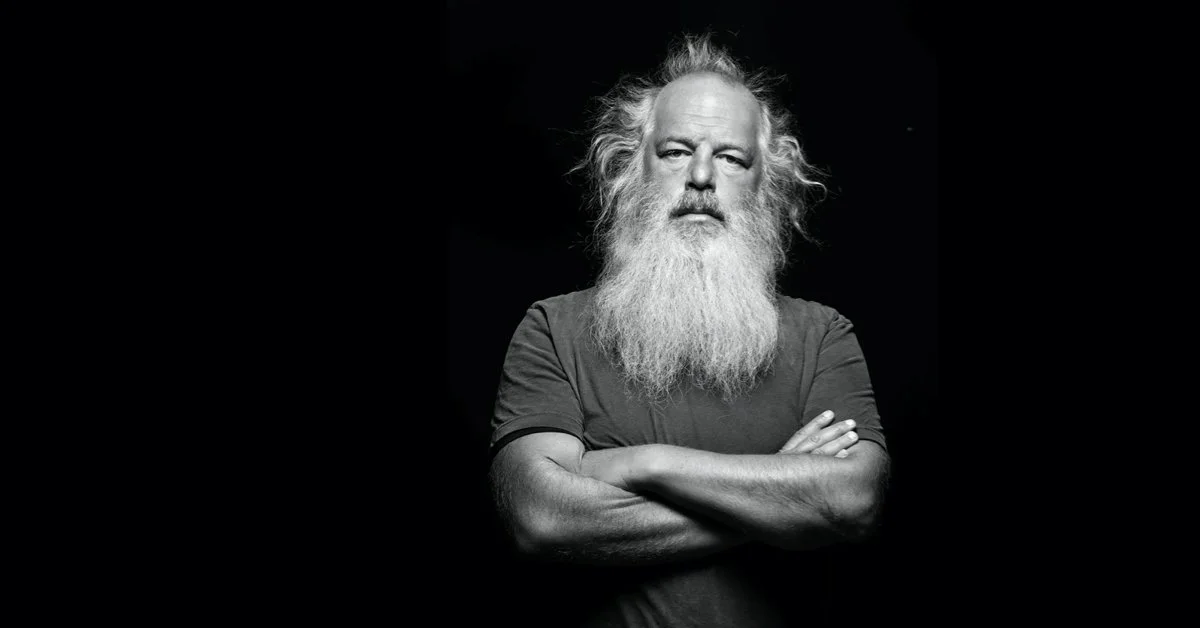Here’s a jolt for all you advertising idea people: direct mail—that dusty relic you’ve been calling “junk” since the dawn of spam filters—is back.. Not as a quaint throwback, but as a channel with unexpected pull in our screen-saturated world. The irony? The digital deluge we’ve been navigating has cracked open a window for something physical to matter again.
Read MoreI had a thought about music we listen to in our 3D world of time and space, and wondered if music really originates from a higher dimension. And if so, what did music look and sound like in a higher dimension? Anyway, I took to an intelligence more artificial than mine, ChatGPT, but also more complete. We start with music, but somehow end up with God and an incredibly inspirational message.
Read MoreWhen you love an idea “for some reason,” that gut feeling isn’t guesswork. It’s the sum total of everything you’ve absorbed, synthesized into an instant and unshakable conviction. The best advertising minds know this. They don’t just have good instincts; they build them. And how do they do that?
Read MoreYour internal agency team knows your brand, your products, your challenges, and your goals like no one else. But for certain idea projects, where fresh thinking is essential, hiring outside freelance talent is less an expense than a shortcut to a big, valuable idea. Outside freelancers bring unique superpowers. Here are 7 of them.
Read MoreWhen you work in advertising, ideas are currency. And when you’re swimming in a sea of ideas—30, 40, sometimes even 50 in a single Ideasicle X project—the question isn’t, “Do we have enough ideas?” The question is, “How do we find the great ones?” It’s not about logic. It’s not about metrics. And it’s certainly not about ticking boxes on a checklist. For me, choosing the best ideas comes down to something mysterious and visceral. It’s energy. Psychic energy. A kind of creative spark that lights up something deep inside.
Read MoreIn much of the advertising world, the creative brief is treated like a static document—a checklist, a rulebook, a set of instructions. But at Ideasicle X, we see it differently. For us, the brief isn’t the final word—it’s the first spark. It ignites the creative process, and while the brief itself doesn’t change during the creative process, its influence on the creative team grows and evolves as the ideas take shape. When approached the right way, a brief doesn’t dictate creative solutions, it fuels them, turning into something dynamic and alive.
Read MoreIn the world of creativity, there has long been an unspoken divide—those who seem naturally gifted with imaginative prowess (like our Ideasicle Experts) and those who struggle to come up with anything original. But with the advent of AI, that gap is starting to close. AI is not just a tool for automation and efficiency; it's now being harnessed to elevate the creative abilities of individuals. A recent study from the University of Exeter reveals just how AI is leveling the playing field.
Read MoreBack when I started Ideasicle in 2010, I launched an audio podcast called the “Ideasicle Podcast.” The point of the show was to explore the concept of creativity and I invited all kinds of experts to provide their points of view. I recorded 37 episodes over a couple years and really enjoyed it. Today, I’m bringing back three of my favorite episodes: Beck, Sir Ken Robinson, and David Lubars. They are not only my favorites, they are evergreen in their content.
Read MoreLanguage is powerful. It’s the fabric of our thoughts. It’s how we transfer thoughts from one person to another. It’s used to generate movements, inspire emotion, record history, establish and reinforce culture. Yet, some language can also entrap us, even enslave us if we let it. Particularly when a phrase is repeated so often it becomes common knowledge and is no longer questioned. Below are three such phrases we hear so frequently that through repetition have become “conventional wisdom,” but I believe, sadly, also crush our motivation to remain curious.
Read MoreAs you may know, I enjoy studying creativity. The importance of it, the psychology of it, the ways to improve it. I have a whole page on this company’s site devoted to scientific studies around improving our creativity (view that here). So as part of this study I wanted to ask real people whose creativity is their professional product. What their hints, secrets, and rituals were when it comes to creativity. And who better to ask than my own Ideasicle Experts? The question I posed to them: “How do you create?” We got some surprising, funny, and insightful answers.
Read MoreThe pressure to perform creatively under time constraints creates a sense of urgency and stress, which, according to three separate studies, impacts creative thinking. But it’s not all bad, and the findings suggest an optimum approach to idea generation when the pressure’s on.
Read MoreComing up with ideas remotely is unavoidable these days with hybrid work becoming more and more the norm. But that doesn’t mean the quality of your, and your partners’, ideas must suffer. 2024 can be the year to embrace remote idea generation. Here are three best practices (and worst) we’ve learned first-hand about participating in remote creative sessions that you can start using today.
Read MoreIf you ask the great Rick Rubin, he’d likely say ideas exist already outside of space/time and when their time has come enter our three-dimensional universe through…someone, anyone whose vibration matches that of the idea. Deep stuff, for sure. It seems to me that, since we can’t force an idea to happen, all we can do is increase the odds of one happening. So I looked at Ideasicle X anew to see if and how, exactly, it increases the odds of great ideas. Here are three ways I came up with.
Read MoreOne of the things the great Rick Rubin talks about in his new book relates to fear and how important it is to, as he puts it, “Create an environment where you’re free to express what you were afraid to express.” This statement challenged me to think about how Ideasicle X mitigates creative fear. Here are three tangible ways the IX model minimizes fear among the team of four.
Read MoreWe have always believed the client should be excited about the advertising ideas we bring them. Why not? It’s their company. Not to mention it’s nearly impossible to sell in an idea the client simply doesn’t like. But we have discovered, quite by accident, a question—a magic question—the answer to which not only may shed light on a client’s creative biases, but provides you and your creative teams a map of landmines.
Read MoreClients can be quick to question the cost of agencies coming up with ideas. What’s the blended rate you’re billing me? Why do you need three teams working on this? Explain to me the overhead you charge every month. Can’t blame them, really. It is important to keep all marketing costs in check. But what about the cost of NOT having a great idea? Why don’t clients ever ask that question? Well, I asked a few of my Ideasicle Experts to identify ideas they’ve been a part of, the absence of which would have blunted the trajectory of a client’s business.
Read MoreIn my three decade career in the advertising business, I’ve worked at eight agencies in five cities. There wasn’t a single agency who didn’t, at times, go outside to get creative ideas. It’s not ideal, of course. Agencies want to use their own people whenever possible. It’s more profitable. But here are three cases where going outside is the right business decision.
Read MoreErwin Schrödinger said, “Consciousness is the fundamental reality.” So doesn’t it stand to reason that if we, to the degree we can, remove the UNfundamental reality (our physical reality) from the idea generating arena, then each participant’s individual consciousness is better able to shine through? And, better yet, the consciousness of multiple individuals on a team intermingle more purely? That’s exactly what we’ve found.
Read MoreI stumbled upon a wonderful Facebook post from Beatle John on Facebook today that I think gives us several insights into the creative process. The post quotes Ivor Davis, an investigative reporter who was given unprecedented access to The Beatles when they were on tour in the early 1960’s. In the following blurb, Davis describes what he saw when he saw John and Paul working, creating, and writing some of the greatest music of all time.
Read MoreI’ve been using some form of Ideasicle X for fourteen years now, two with our new web application. And along the way my entire view of creativity itself has changed. I’ve learned so much about myself, I’ve learned new skills, and sharpened old ones. All by using this idea generating platform. Here are ten.
Read More





















